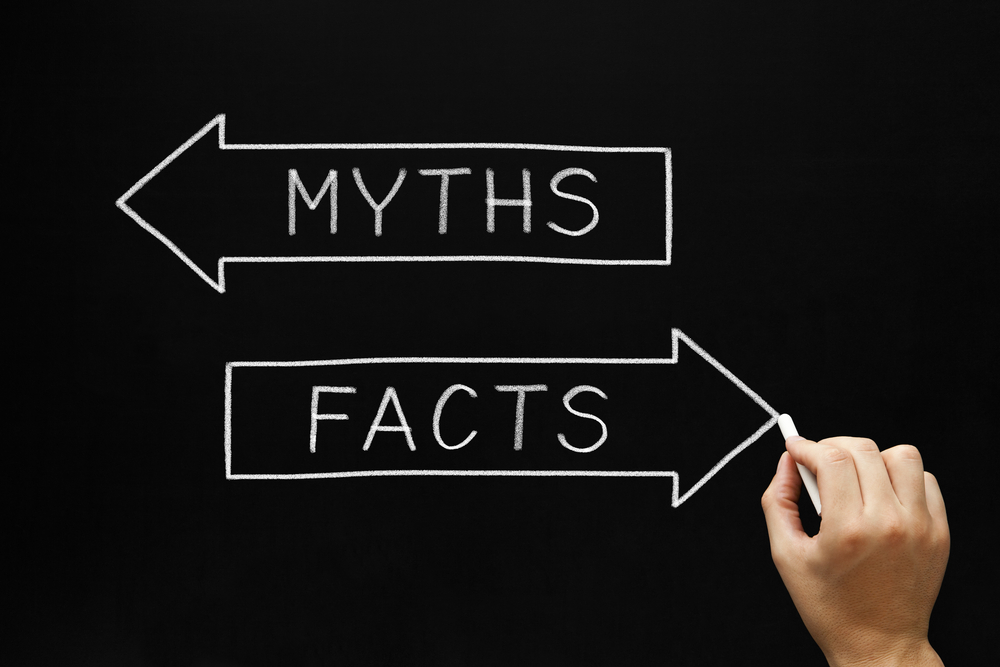Google makes about +/- 600 algorithm changes in a year, so it’s a daily battle to make sure your website stays in the top of search results. Panda 4.0 was the most recent major update, which, like all the other Panda updates, focused on Quality vs. Quantity. (If you want a deeper dive into what Panda is, check out this post or this video.)
If you want help understanding what makes a site a quality site, review these questions that Google employees direct disgruntled site administrators to when their site rankings drop.
Best practice for an effective SEO strategy is to produce quality content on a consistent basis that is relevant to your users.
The paradigm of basing your SEO strategy on keywords and backlinks should be long forgotten, but unfortunately, old habits are hard to break.
Here are some myths that I find many marketers still believe:
MYTH – Social and SEO are completely unrelated
In reality, Google gives content with strong social interactions heavier weight than content without any social presence.
Pro tip: Always post new content on Google+. Studies have shown this will help it be indexed immediately.
MYTH – Search engines only look for specific keywords 
The truth is: Google and other search engines look for both the specific keywords, semantic keywords and the relationships they have with sentence structure.
Pro tip: Think of what kind of questions your target demographic is asking, then produce content that answers them.
MYTH – Posting videos to YouTube will help SEO
All this practice will do is drive traffic to your YouTube page. There, users are bombarded with other videos from competitors. YouTube can be a powerful marketing tool when used properly, but just be aware that YouTube wants to keep users on YouTube and not push them to your website.
Pro tip: Make sure your videos are posted and indexed on your site first. Then post them on YouTube if you want the added benefit of social YouTube searches.
MYTH – You need to have LOTS of indexed pages in order to rank on Google
Remember: Quality vs. quantity. If you have a site with a few very high quality pages, you’ll most likely outrank a site that has many low quality pages.
Pro tip: Focus on content that answers questions your potential clients are asking. If your content isn’t answering: Who, What, When, Why or How, then why are you posting it?
 MYTH – You need to use your work email for authorship if you’re posting for your company’s blog
MYTH – You need to use your work email for authorship if you’re posting for your company’s blog
You can set yourself as a contributor to any website using your work gmail or personal Gmail account.
Pro tip: Use your personal Gmail account for authorship. People switch companies all the time and trying to regain followers on a new Gmail account each time is a tedious task. Also, if you switch jobs your old company will still benefit from having articles with authorship.
Eighty percent of searches queries are conducted on Google in the US, and in the EU that number hovers around 90 percent, so it’s safe to say that your targeted demographic is using Google. This- in and of itself – should be evidence enough to make you pay attention to the constant changes in search technology that Google introduces.
For instance, It recently threw marketers a curve-ball by changing the way authorship information is displayed. Learn more here.
Companies that can adapt to changes in technology will have a better chance at surviving and thriving than those that keep blinders on and continue running status quo SEO strategies.


